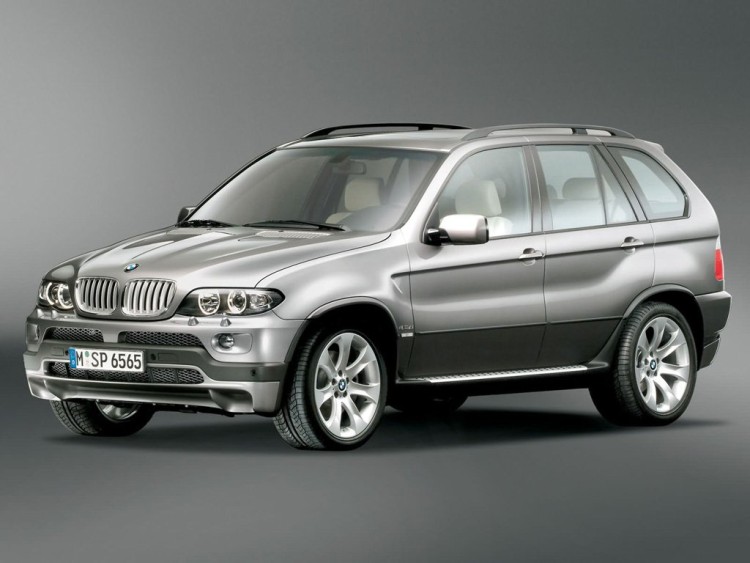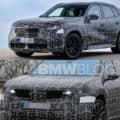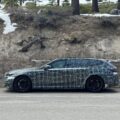The Rover logo was a stylized image of a Viking long ship. And, keeping with the Viking theme, by the end of the 1970s Rover could be said to resemble the mythical Norse god Hrungnir, a drunk and insolent giant. Rover had, prior to the 1970s, been a respected marque.
But mergers and eventual state ownership diluted the brand’s image with bad management, labor strife, and subsequent quality problems.
During the Thatcher era, Rover was sold to British Aerospace (BAe) – removing the government from the business of manufacturing automobiles. And Rover worked with Honda to provide an infusion of capital and technology. What BAe really needed was an infusion of talent in its management ranks because in the mid 1990s it became apparent that bad decisions by the management team had led to an almost insurmountable financial crisis.
BAe looked to shed its non-core businesses and Honda was besought to purchase Rover. Rover was comfortable with Honda’s involvement in the company, even though Honda was constricting Rover sales by throttling the transfer of parts, such as engines and transmissions, needed to expand sales. Another offer to buy the company was in hand and Rover hoped Honda would reconsider, it would be easier structurally and politically if Honda purchased Rover. But Honda turned Rover down and the other offer was accepted. That other offer was from BMW.
BMW had an approximately 500,000 unit annual production volume at the time, and production was limited to series of sport sedan derivatives. BMW was a vulnerable – ’boutique’ – manufacturer in the 1980s. But BMW had done quite well since releasing the Neue Klasse vehicles in the 1960s, with one hit following another. The company had accomplished a near miracle of recovery and growth in the thirty odd years since 1959. But to survive as an independent company, in an uncertain future, required optimizing fixed costs, enhancing economies of scale, and expanding production volume. BMW didn’t want to brand small cars with the roundel, unlike Mercedes-Benz’s foray into the small car market with the W168 in 1997. Subsequently another brand was required for BMW’s entry into the volume small car market and the mid-level premium, think Volvo, market.
It didn’t hurt that BMW’s CEO at the time, Bernd Pischetsrieder, was the great-nephew of Alec Issigonis, the engineer who created the Mini, when the opportunity to purchase the Rover brands presented itself. In the early 1950s Rover had been one of the big 5 automotive makers in the world. The Rover brand included Austin (including the Mini), Land Rover, Rover cars, and Triumph among others. Land Rover, of course, was the jewel in the crown and BMW had nothing like it in their lineup. In addition, the front wheel drive Rovers, with Honda’s help, were decent mid-range automobiles. Here was an opportunity to expand BMW’s market reach and build a larger customer base.
The only problem was that Rover had been a mess. With inefficient production facilities, like Longbridge – built in 1905, and once the largest automotive manufacturing facility in the world – it also went through a mix of corporate and state ownership, Rover was in sorry shape. Add to that a large workforce and dismal car sales and the Rover group was haemorrhaging cash.
Honda’s small stake-hold and technology transfers had helped right the Rover ship. When BMW purchased it, some inefficient facilities had been shuttered and labor unrest was a thing of the past. This is what BMW took on in the 1990s. BMW tread lightly with changes to Rover initially, partly in deference to political considerations and also due to the need for the winding down of Honda’s involvement with Rover to be completed. Honda still owned a significant percent of Rover after BMW’s purchase of the bulk of the brand – a difficult situation for all concerned.
BMW was essentially a holding company for Rover, Rover and BMW remained separate under common ownership and common leadership with Pischetsrieder heading Rover. BMW had hoped that Rover would rebound under BMW’s ownership, much like Jaguar had under Ford’s. The problem for BMW is that the Jaguar brand still had residual value – brand goodwill – that Rover was lacking. Ford went through some tough times, and a lot of money, in righting Jaguar. Rover would be a tougher nut to crack for BMW and a hands-off approach to the problems from Munich was not the way to right the ship (pun intended). But BMW took a hands-off approach to Rover for almost two years.
BMW intended that Rover would appeal to a broader segment of the luxury/premium car buyer than BMW’s offerings did. BMW’s purposeful sporting nature limited their appeal. BMW needed something that offered refined, comfortable motoring and Rover was to be the brand offering it under the BMW umbrella of brands. But Rover’s previous absorption of Austin’s product line into the Rover brand and previous quality issues had mortally wounded the Rover brand.
Rover had somewhat similar sales volume as BMW but those sales were spread out over double the car models, and profit margins for Rover cars were extremely thin. This is not what BMW was hoping for. And it would take a much more hands-on approach to Rover’s problems than BMW was willing to initially invest. In addition Rover was saddled with excess production capacity, fixed costs that were returning nothing to the bottom line. It is no wonder then that Rover was dubbed, ‘the English Patient’, in Munich.
Which other Jaguar/Land Rovers do you want to see BMW engines in?
As the depth of the problem, and disappointing Rover sales, became more apparent, BMW decided to take a more hands-on approach. BMW assigned Wolfgang Reitzle as chairman of Rover. Reitzle was less than sanguine about Rover’s prospects and had previously advocated ditching Rover’s cars and concentrating on Land Rover – in retrospect a potential winning strategy. It begin development on a replacement for the Mk VII Mini, the R50 – ‘R’ for Rover – which would be marketed as a Mini and absorb Rover’s small car offering. Progress on the new Mini was watched closely by Pischetsrieder, who had a familial interest in its success.
Attempts to right the ship, with serious intervention from BMW management, did not, in the end, make a difference. Rover continued to bleed cash. Rover, as a brand, was moribund and on death’s door. BMW had been handed a lemon. And, on 16 March 1999, BMW announced the sale of Rover along with the Longbridge plant, but not the Cowley plant in Oxford nor Hamm’s Hall – where engines were made – nor the Mini brand. By now BMW’s management had changed, both Pischetsrieder and Reitzle were out – Pischetsrieder to VW and Reitzle to Ford (as head of the Premier Auto Group) – and the BMW board wanted to end the bleeding sore that was Rover on BMW’s financial position.
In the end, end Rover and Land Rover were gone. But BMW had already introduced the BMW X5, and the X models would more than make up for the loss of Land Rover in time. And because BMW retained the rights to Mini – which BMW rebranded as MINI – BMW had an entry into the small car market. In the end, BMW managed to produce lemonade out of its Rover experiment, expensive lemonade to be sure, but lemonade nonetheless.
Rover continued to flounder under various owners, eventually broaching to and going under in the middle of the first decade of the 21st century. BMW, fortunately, has fully recovered.






































































